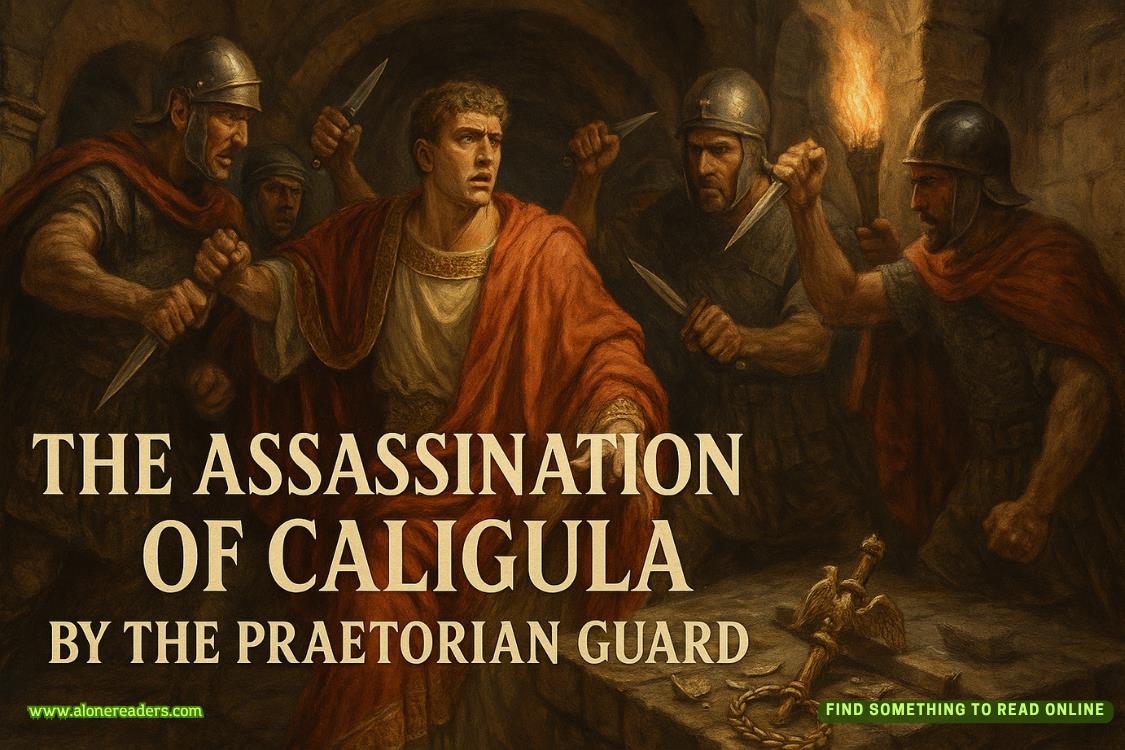Page 1 of Lady Edith and the Registry Office
Prologue
December 1811, Thorsminde, Denmark
Lt. Nathaniel Harbury took several deep, shuddering breaths as he walked along the sandy shore and skirted the bodies washed up along the coast. The corpses were water-logged, the faces of the men pale and bloated, their skin white, wrinkled, and thickened. Several of the dead crew members before him displayed severe abrasions and injuries from being battered against the shoreline.
There were bodies as far as the eye could see beside the dunes. After an hour of searching the beach, he could find neither of his friends, Lt. Napier nor Lt. Brannel.
A fortnight earlier, while anchored near the tiny island of Vinga, Sweden, Nathaniel received an urgent communication transferring him from the HMSSt. Georgeto the HMSCressy. Further information on his mission would be provided once he was established on the Vengeur class ship.
When Nathaniel received a packet in his quarters a day later, he decoded the message to discover there was a traitor on the Cressy- a spy for Napoleon. He had been tasked with finding evidence against the suspect as he had gone to the naval college in Plymouth with the man: Lt. Cooper, son of the Marquess of Norwich.
Within a week, on 16 December, eight ships, along with 150 merchant vessels, left Vinga near Gothenburg, Sweden. It was blowing a gale, and theCressyand HMSDefencewere ordered to stay near theSt. Georgeand HMSHero. TheSt. Georgelost her rudder, andCressysupplied her with a temporary one made of cable, guaranteeing theSt. Georgecould not easily be brought into stays as she came out into the North Sea.
The captain of theCressymade the decision to set sail and turn away from the lee shore in an attempt to save the vessel, leaving theSt. Georgeand the vice admiral aboard to their fate. On the morning of December 24th, theSt. GeorgeandDefencebecame stranded on the coast of Ringkoobing in Jutland.
Local accounts the following afternoon stated theSt. George’s cabin and stern could be seen from the shoreline. Several men standing on the ship attempted to come ashore on a piece of the mast but were washed off by high waves driven by the wind, while others perished when they tried to save themselves on a raft.
By a trick of fate, Nathaniel had escaped the wreck of his former ship. A handful of survivors made it ashore, none of them officers.
“I’m sorry,” he whispered raggedly as he fell to his knees in the wet sand. “I should have been with you. Forgive me.”
Chapter One
August 1816, London
Lady Edith studied her reflection in the mahogany Cheval mirror with a critical eye. The pale blue gown she wore was quite unlike her usual white or cream walking dresses.
Her lady’s maid Mary stood nearby, an indulgent smile on her face. At least someone was pleased with Edith’s attire.
“I’m not sure about this dress.” She fiddled with the silver earbob attached to her right ear. “Louisa may have chosen the wrong color for me.”
“You look a picture, my lady,” the young maid replied brightly.
The maid was new, sent to Edith by her friend Louisa. After a year in her friend’s service, Louisa swore Mary knew how to duplicate the latest hairstyles and was an excellent judge of fashion. Edith had no mother to guide her as she moved in society and relied heavily on Louisa’s fashion advice.
Edith’s other friend, Charlotte, and her husband were away on their wedding trip. Parliament finished sessions the first week of July, and although Louisa and Edith should have already departed for the country, their plans were up in the air. Life had not been the same with Charlotte gone.















